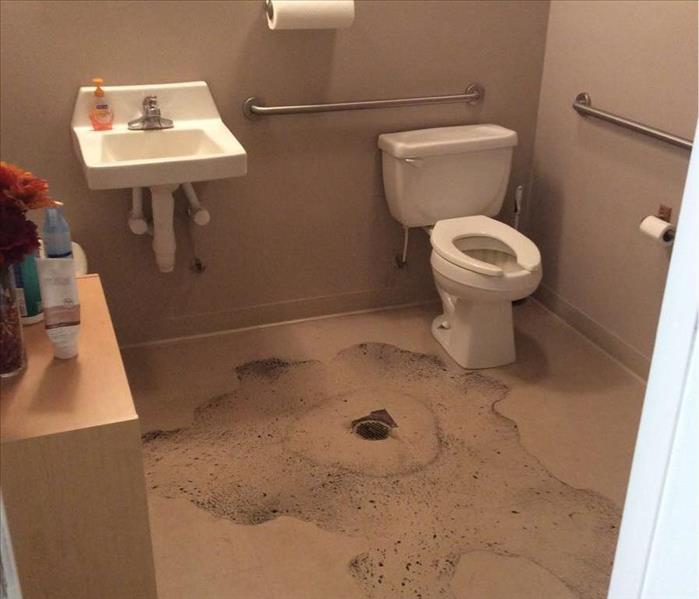Water Damage Mitigation Basics: Understanding Categories of Water
7/8/2020 (Permalink)
Each water damage event is unique. The extent of mitigation required by restoration professionals depends on several variables such as where the water came from and which type of materials have been affected. Two of the most important factors mitigation and restoration professionals must consider are the category and class of the water. Category of water refers to how contaminated the water is. Class refers to how much of the area has been affected.
Water Damage Categories
Based upon the IICRC S500 Standard and Reference Guide for professional water damage restoration, categories of water depend on the following:
- Where the water came from (source)
- How long the water has been in the structure
- The temperature within the structure
- Preexisting conditions of the structure (how dirty are the affected areas)
Category 1 Water
Category one water is considered clean water. This type of water originates from a sanitary source. It does not pose a substantial risk from exposure. Water damage events with category one water often require minimal removal of wet materials unless the materials are structurally or aesthetically damaged.
Examples of category one water are:
- water from a broken water supply line
- bathtub or sink overflow with no contaminants
- appliance malfunctions like a leaking ice line on a refrigerator
- broken toilet bowl tanks
- water from a clean source that is quickly discovered and extracted
Category 2 Water
Category two water is considered slightly contaminated due to a significant degree of chemical, biological, or physical contamination. It has the potential to cause discomfort or sickness if contacted or consumed by humans. Water damage events involving Category 2 water often require materials like carpet pads to be removed and discarded.
Examples of category two water include:
- water discharged from dishwashers or washing machines
- water from fish tanks
- overflow from the toilet bowl
- water that has sat for more than a day
Category 3 Water
Category three water is considered grossly contaminated. This type of water can contain pathogenic, toxigenic, or other extremely harmful agents. It can cause significant adverse reactions in humans if consumed or contacted. Porous materials affected by category three water should be removed and replaced. Also, an antimicrobial agent must be applied to the remaining structure and materials to prevent secondary damages.
Examples of category three water include:
- water caused by sewage system backups
- water from storm damages
- water from rising rivers or streams
- water that was present in structure for days
SERVPRO of Greater Covington and Mandeville's water production team is here to help 24/7/365 when a water damage event occurs at your home or business. If you need assistance, please contact our office by dialing 985-871-5375.






 24/7 Emergency Service
24/7 Emergency Service
